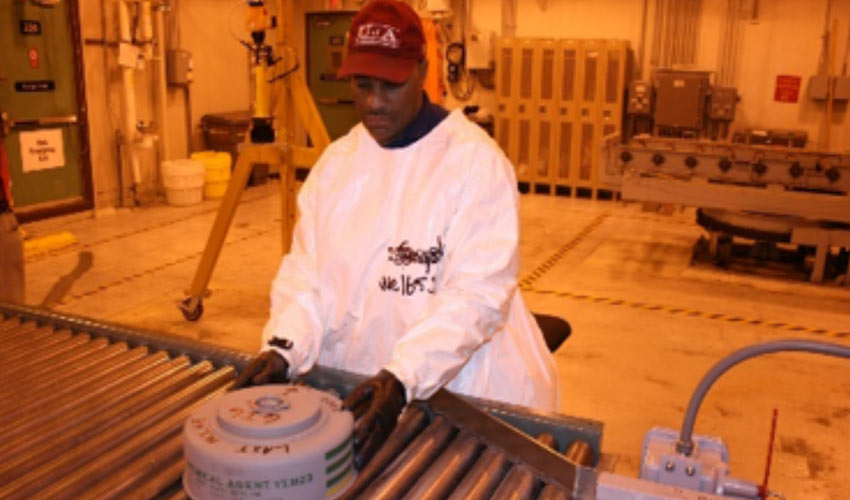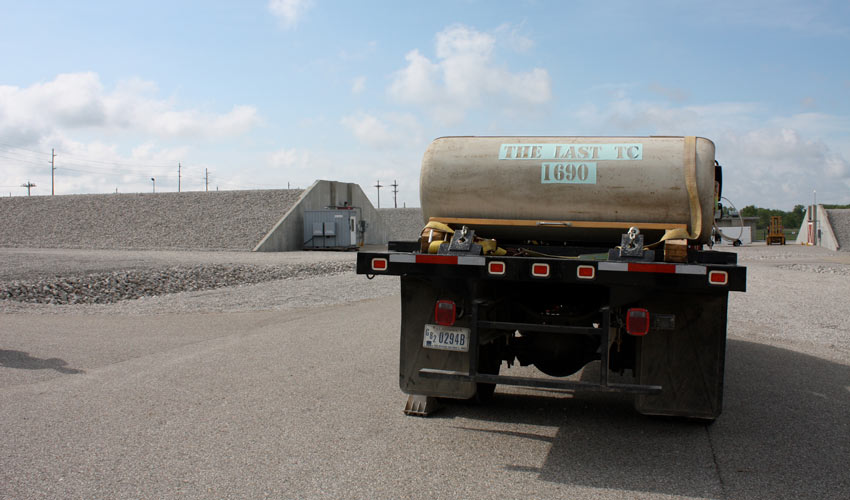What is CMA?
The U.S. Army Chemical Materials Activity (CMA) manages the U.S. stockpile of chemical weapons, enabling the Army Warfighter to focus solely on the National security mission.
Headquartered at Aberdeen Proving Ground-South, Maryland, CMA assesses and destroys recovered chemical warfare materiel. The activity stored and destroyed the nation’s chemical stockpile at seven locations, and stored the stockpiles at the final two locations, at Pueblo Chemical Depot (PCD), Colorado, and Blue Grass Army Depot (BGAD), Kentucky. The Pueblo Chemical Agent-Destruction Pilot Plant completed destruction operations on June 22, 2023, and the Blue Grass Chemical-Agent Destruction Pilot Plant completed destruction operations on July 7, 2023. To learn more about the chemical weapons destruction mission, visit www.peoacwa.army.mil.
The Chemical Stockpile Emergency Preparedness Program (CSEPP) works closely with state and local governments and the Federal Emergency Management Agency to educate, prepare and protect communities surrounding the stockpile sites. The CMA director acts as the implementing agent, delegated by the Department of Defense, to ensure the Army adheres to international treaty requirements in compliance with the Chemical Weapons Convention.



